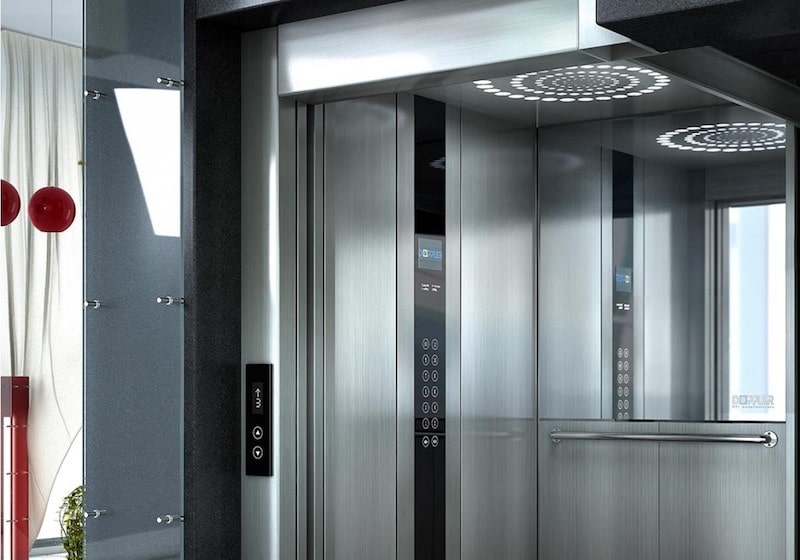Exploring the World of Lifts: Common Problems Encountered by Numerous Lift Systems
As we browse through the vertical transport systems of contemporary buildings, lifts stand out as an indispensable element of our everyday lives. From hydraulic lifts to grip systems and machine-room-less styles, each lift type comes with its set of typical problems.
Hydraulic Lifts
Hydraulic lifts, usually liked for low-rise buildings, make use of fluid pressure to regulate the motion of the lift cars and truck (lift repair companies). This system involves a hydraulic pump pushing oil into a cyndrical tube, causing the elevator to move in the desired direction. While hydraulic lifts are recognized for their quiet and smooth procedure, they do feature their very own collection of usual concerns
One widespread problem with hydraulic lifts is oil leakage. In addition, problems with the control system, such as defective valves or a malfunctioning pump, can create interruptions in the elevator's motion.
Regular upkeep and prompt repair work are important to ensure the smooth performance of hydraulic elevators. By dealing with these usual issues proactively, building proprietors can decrease downtime and ensure the safety and efficiency of their upright transport system.
Grip Elevators
When considering upright transport systems in buildings, an additional typical kind other than hydraulic lifts is the traction lift. Grip lifts operate making use of a system of ropes and weights that move the elevator vehicle by gripping onto the hoist ropes. This system allows for smoother and quicker vertical transport compared to hydraulic systems.
One of the common concerns faced by grip elevators is rope wear. The consistent movement of the ropes within the grip system can lead to use and tear with time, potentially creating the elevator to malfunction or come to be harmful for use. Routine examinations and maintenance of the ropes are necessary to make sure the lift's proper functioning and security.
An additional issue that grip lifts might run into is connected to the control system. Problems with the control system can lead to problems such as unpredictable activity, hold-ups in feedback times, or perhaps complete shutdowns. Regular testing and maintenance of the control system are critical to avoid such issues and make sure the lift's integrity.
Machine-Room-Less (MRL) Lifts

One of the crucial parts of MRL lifts is the compact gearless grip machine that is mounted within the hoistway. This device successfully drives the elevator vehicle without the demand for large tools found in typical traction lifts. Additionally, MRL lifts typically utilize a counterweight system to balance the auto, additional boosting their energy effectiveness.
In spite of their benefits, MRL lifts may deal with difficulties connected to maintenance and repair service as a result of the constrained space for devices setup. Access for servicing components within the shaft can be limited, needing specialized training for service technicians. Correct upkeep timetables click here now and regular inspections are important to make sure the ongoing smooth procedure of MRL lifts.
Overloading and Weight Limitation Issues
Overloading and weight restriction concerns are important worries in elevator procedures. Lift producers design raises with details weight capabilities to guarantee passenger safety and security and devices longevity.
When lifts are strained, it puts too much pressure on the motor, cables, and various other elements, potentially creating breakdowns or break downs. If they detect excess weight, safety and security devices such as sensing units and overload sensors are in area to avoid lifts from moving. Additionally, going beyond weight restrictions can bring about increased power consumption and wear and tear on the lift system.
To mitigate overwhelming concerns, developing supervisors ought to plainly present weight restrictions in elevators and enlighten passengers on the value of adhering to these limitations - lift repair companies. Normal maintenance checks by qualified professionals can also assist ensure that elevators are running within secure weight parameters. By attending to overloading and weight restriction issues proactively, building proprietors can boost lift safety and effectiveness
Electric System Failings
Going beyond weight restrictions in lifts can not look what i found only lead to mechanical issues but also possibly add to electrical system failures within the lift infrastructure. Electric system failings are an essential problem in lift operation, as they can cause unanticipated closures, malfunctions, or even safety and security dangers.
Additionally, power surges or variations in the electric supply can likewise disrupt the lift's operation, affecting its efficiency and security. These electrical disruptions can damage delicate lift components such as control board, motherboard, or sensors, leading to system failings. Regular upkeep and assessments are important to recognize and deal with potential electric issues promptly, guaranteeing the risk-free and efficient procedure of elevator systems. By adhering to weight limits and conducting routine electric find more information system checks, structure owners can minimize the risk of electric failures in lifts.
Conclusion

Hydraulic elevators, usually chosen for low-rise buildings, utilize fluid stress to regulate the motion of the lift automobile.When taking into consideration vertical transport systems in buildings, one more usual type aside from hydraulic lifts is the grip elevator. Traction lifts operate utilizing a system of ropes and weights that move the elevator cars and truck by gripping onto the hoist ropes. Unlike standard lifts that require a separate maker space to house the devices, MRL elevators integrate most of the components within the shaft, getting rid of the demand for a dedicated machine space.In verdict, elevators face typical concerns such as hydraulic breakdowns, traction system failures, and electrical system issues.
Comments on “Find Reliable Lift Repair Near Me for Quick and Affordable Solution”